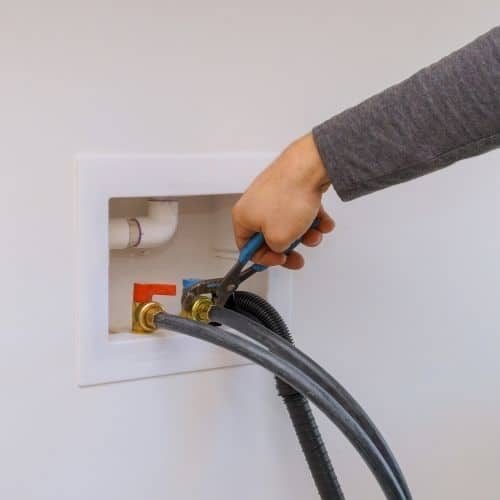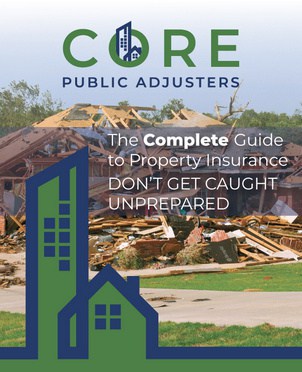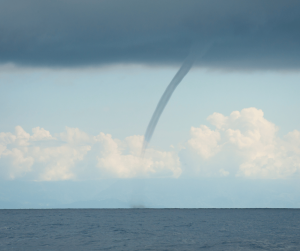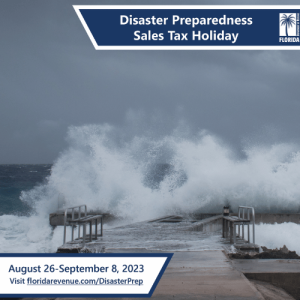Once toilet leaks occur, or a faucet is dripping, most people are very swift in replacing it. However, when the pipes in electrical appliances like washing machines, dishwashers, and air conditioners are involved, many are less keen on applying attention to these. They are less likely to develop slow and steady leaks like the piping in regular plumbing fixtures. But once these hoses burst or break, then you’re in for some significant trouble you will need to handle.
Research and findings done by the Institute of Business and Home Safety states that water damage is among the top five causes of insurance claims for homes.[i] This damage mostly comes from the leaking of washing machines costing homeowners in the US about $150 million annually. Understanding how these machines work will go a long way in enabling us to come up with solutions to prevent home damage caused by water leaking from appliances.
If you’ve stumbled on this article because you already have property damage resulting from breaking or bursting appliance water pipes, then please contact us right away. CORE Public Adjusters helps property owners get the most for their insurance claim. Oftentimes there is more damage than meets the eye.
What are some preventive measures to avoid the breaking or bursting of washing machine hoses?
Every washing machine has three hoses, one for cold, hot, and draining water. It implies that these three have a leak and burst potential. Of these three, the drain hose is the least dangerous because water runs through it only when the machine is about to drain.
These water lines most often are working around the clock, and if the pressure in your home is beyond 80 psi (pound per square inch), it increases the risk of pipes bursting or leaking. As the static pressure goes up, so does the hammer effect. That is, each time water is shut off from your washing machine, it creates a water hammer. It is a shock wave formed in one of the valves passing down the pipe due to a water flow rate change.
Understanding these factors and frequent preventive maintenance can go several extra miles in minimizing or eliminating damage by water leaking from burst or broken hoses of washing machines.
Here’s what you can do to minimize breaking or bursting of washing machine hoses:
Carry out a routine inspection of the washing machine hoses.
It is an excellent idea to do a monthly check of your washing machine. Pay attention to any leaks during your wash cycle. You should focus on the connectors to see if any moisture signs exist.
The things you should look out for include:
- Damaged hoses: Look for blisters. Are there bubbles, any cracks, discoloration, or signs of unraveling hoses? Once you recognize any of these, an immediate replacement should be done.
- Leaks: Do you see any moisture or leak signs like discolorations or rust when you examine the connections? Sights of these should be followed by immediate replacement of the hoses to mitigate the risks of a burst or leak.
- Positioning: Search for the presence of any kinks or crimps.[ii] Make sure that they are at a minimum distance of four inches from the machine to the connections. Any observation of off-balance by the washing machine and more than usual movement during use, then you should check the hoses now and then; this movement can stress the hoses and connections.[iii]
Switch off the water supply when the washing machine is not under operation.
Manufacturers have a strong justification for clearly indicating that the machine should be turned off when it is not in operation. People rarely heed this instruction. If you realize that your valves are too old or difficult to turn, it is an excellent time to replace them to make shutting off water easier.[iv]
Have an emergency shut-off kit installed.
Installing an emergency shut-off kit is an excellent proactive and preventive measured to prevent costly damage from a hose is burst or leaking. The device that can perform this function is inexpensive and has the potential of saving you a fortune in the long run. Just endeavor to inspect them regularly to ensure proper functioning (monthly or bi-monthly inspection)
Replace your water hoses every 3 – 5 years.[v]
The most proactive move to take against hoses bursting or breaking due to wear and tear over time is changing them before they reach the bursting and leaking stage. This regular change will limit the chances of damage to your home by leaking or burst pipes from electrical appliances.
Purchase only stainless steel braided hoses in place of rubber ones.
Many people tend to assess stainless steel braided hoses’ because it looks better than the rubber hose. This is beyond aesthetics. They are manufactured with better material, which is more resilient to depreciation than the common rubber type. They last longer because the steel braids reinforce the rubber inside and dramatically reduce their probability of bursting or breaking under pressure. They are not very expensive and are a tiny investment with a massive long-term payoff.
Have a water hammer arrestor installed.[vi]
A professional plumber will help you install the water hammer arrestor. It is a device that controls water pressure pulse, which is generated by sudden water interruptions. It is what happens when your washing machine completes a laundry cycle. Getting a water hammer installed helps reduce the stresses on the hoses.
Hire a professional plumber to replace your hoses.
If you have ever thought of replacing the old Flexi hose on your own, then it’s time to rethink it. One of the primary reasons these hoses give way to tear and wear quickly is due to the poor product choices of homeowners when looking for their replacement. A DIY job may save you a few dollars, but these savings will be less than the hefty sum you have to pay on damage repairs.
Plumbers know the best hose type and brand, which will address your needs suitably. They know the correct length and make the proper connections, which will not be too tight and eventually cause the hose to fracture.
When it comes to risking property damage, it is better to be safe than sorry.
Investing in preventive measures is a brilliant way to mitigate risks and less costly than trying to manage a crisis that has already occurred because preventive measures were not put in place.
We hope you found this article helpful. CORE Public Adjusters helps property owners with insurance claims. We will assess your damage, submit a comprehensive report to your insurance company, and negotiate aggressively, but professionally, with smart and strategic communication approaches to get you more for your claim. Read our six-point public adjuster promise or contact us for more information.
References
[i] https://www.iii.org/press-release/water-damage-whats-covered-whats-not-111809
[ii] https://legacyplumbing.net/blog/preventing-burst-washing-machine-hoses/
[iii] https://www.tlcplumbing.com/blog/preventing-washing-machine-hoses-bursting/
[iv] https://legacyplumbing.net/blog/preventing-burst-washing-machine-hoses/
[v] https://www.bienvenu.com/blog/how-to-prevent-a-burst-washing-machine-hose-new-orleans/
[vi] https://www.tlcplumbing.com/blog/preventing-washing-machine-hoses-bursting/







